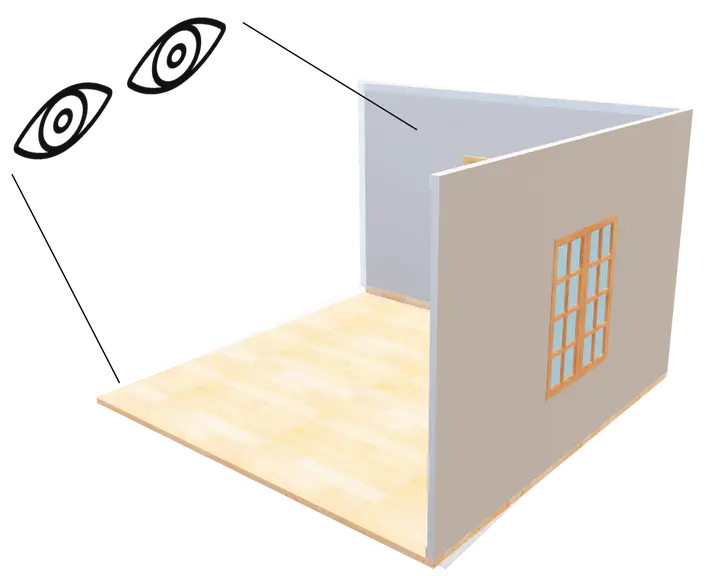Computer Vision

We are the Computer Vision Working Group of CV4DT. Click for more!
We are the Computer Vision Working Group of CV4DT: (Olaf Wysocki, Haibing Wu, Qilin Zhang, Daniel Lehmberg, Wanru Yang).
Research Projects
Our projects are primarily research-oriented, aiming for publication in top-tier computer vision venues such as CVPR, ECCV NeurIPS, and similar.
Below is an overview of our ongoing and upcoming research directions.
🏠 Structured 3D Object Reconstruction
We aim to reconstruct structured 3D models aligned with interpretable geometric and semantic representations.
This direction builds upon our prior work:
- Texture2LoD3: Enabling LoD3 Building Reconstruction With Panoramic Images (CVPR 2025)
- Scan2LoD3: Reconstructing semantic 3D building models at LoD3 using ray casting and Bayesian networks (CVPR23)
Several project proposals are currently under review to expand this line of research.
🧩 Revisiting Geometric Features for 3D Scene Understanding
We revisit geometric descriptors for large-scale 3D semantic segmentation, SSL, 3D instance segmentation, 3D object pose estimation, 3D shape completion, studying how handcrafted and learned geometric features can be combined to achieve better generalization across domains. Preliminary findings are available in arXiv:2402.06506
Papers are in the making to expand this line of research.
🏁 Sim2Real 3D Domain Gap
We still observe large domain gaps between simulated and real-world data, hampering application of simulated data into real-world challenges and many downstream tasks. We believe in the power of diffusion models to cater for this gap. Preliminary results, building a framework for running simulations within the unique real-world city twin are here: arXiv:2505.17959
One paper is under review, while another draft is in preparation.
🧭 6DoF Estimation Using Structured 3D Models
We explore structured 3D model representations for 6-degree-of-freedom (6DoF) pose estimation, targeting improved robustness and interpretability compared to implicit or point-based methods.
This direction builds on related work of 3D Structured Priors for Pose Estimation (NeurIPS 2024).
A new iteration of this work is in preparation for upcoming major conference deadlines.
🌌 Geometry-Prior-Guided 3D Gaussian Splatting
This project investigates the integration of geometry-aware priors into 3D Gaussian Splatting to enhance reconstruction quality and geometric fidelity.
Preliminary findings are available in arXiv:2508.07355, and ongoing work extends the framework beyond building-specific scenarios toward general-purpose 3D environments.
🗂️ Dataset Development
We also curate and release datasets supporting our main research directions, including:
- Facade Segmentation Dataset – for large-scale semantic façade parsing; This building upon our worldwide-largest facade dataset ZAHA (WACV25)
- Point Cloud Completion Dataset – for partial-to-complete reconstruction learning
- 3D Object Reconstruction Dataset – for structured geometry prediction and analysis
These datasets promote reproducible, data-rich 3D research across geometry, perception, and robotics.
We are always looking for fantastic persons to join us for the following project collaboration!